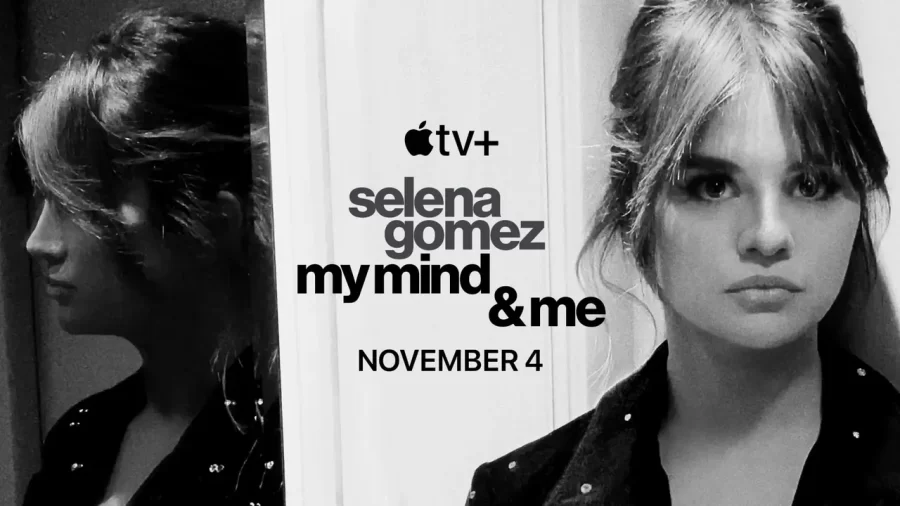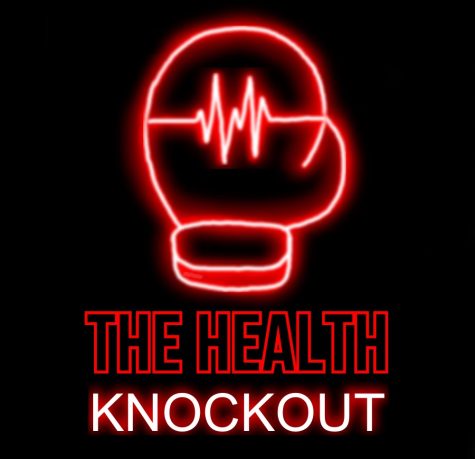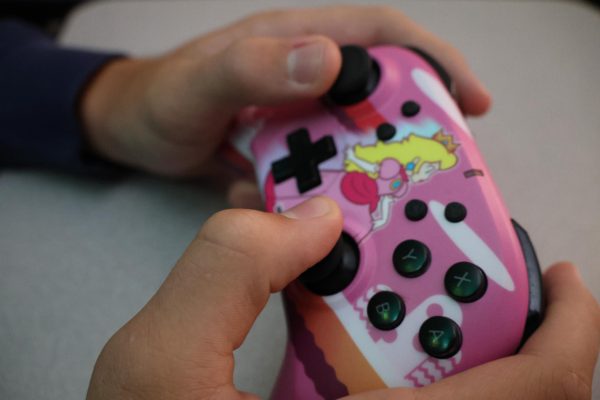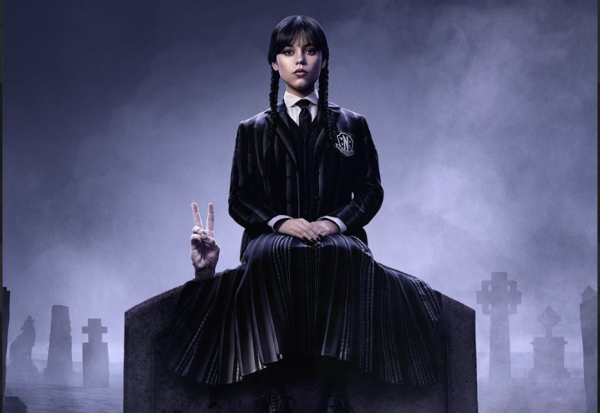“My Mind and Me” is a beautiful, authentic portrayal of the struggles behind mental health
Disclaimer: “My Mind and Me” is a R-rated documentary that deals with discussions of mental health and self-harm
I’ve never been into documentaries. I struggle to connect with their motivations. To me, it can feel like a group of people or individuals just wanting to hear themselves talk. When I heard that Selena Gomez, another celebrity, was putting out a documentary on Apple TV+, I thought it would be like all the ones before it: meaningless. I have never been more wrong. “My Mind and Me” is a real telling of mental health struggles; a story that needs to be authentically told.
The documentary, directed by Alek Keshishian, follows Gomez’s rising career from around 2016-2020 and the mental and physical health struggles she suffered from at the time. Behind her seemingly “glamorous” life, she was diagnosed with bipolar disorder, a mental health condition that causes severe emotional swings. As a result, Gomez was in a psychiatric hospital. Additionally, her final breakup with pop star Justin Bieber resulted in constant paparazzi beratement and harassment. Gomez also suffers from lupus, an autoimmune disease where the immune system attacks its own tissues and organs, resulting in severe joint pain. Needless to say, her life was and is, far from perfect.
The documentary begins the day before Gomez’s opening night of her Revival tour in 2016. Immediately, the camera angles and still, stiff silence present a nuanced scene; a tour is supposed to be an exciting, life-changing experience for a performer and yet, it was portrayed quite the opposite. Already, we are introduced to the rawness and vulnerability Gomez will present throughout the film. She’s setting the tone: struggles with mental health can be ugly and raw, yet they won’t be hidden in our film. It’s a commanding way to start a documentary and caught my attention immediately. I appreciate Gomez’s ability to speak so clearly and without fear. Mental health is something not often discussed in the entertainment industry, but they are conversations that desperately need to take place.
Throughout the documentary, Gomez highlights the contrasting reality of her mental health journey and the facade she displayed to the public. One of her most popular songs, “Who Says,” is played and sung multiple times in the film. The song is about self-confidence and loving yourself, and yet, Gomez was struggling with that same message at the time. The song’s repeated arrival in the documentary is a simple, yet powerful reminder to the audience that you can never fully understand what people are going through.
Gomez weaves both indirect and direct commentary about the way mental health is handled in society. In the case of her Revival tour, she expressed feelings of anxiety and depression to her friends and coworkers, but they brushed it off as if it was “nerves.” Additionally, after the opening shots at the arena, we get a brief montage of the rest of the 55-performance tour that followed. The brass lighting and quick jump cuts place the audience into the shoes of Gomez at the time: scared, overwhelmed and alone. It’s an effective strategy to have people who’ve never experienced mental health struggles begin to understand how emotionally exhausting it can be. The point of her documentary is to educate people on the effects of mental health, and in this case, how one can avoid amounting to them. She doesn’t want anyone to feel the way she did back then.
I rarely cry in any form of entertainment like a movie or TV show, but topics surrounding mental health always seem to tear at my empathy strings. Throughout the film, Gomez establishes feelings of helplessness and loneliness that makes any viewer want to jump up and hug her until she stops crying. I cried for Gomez and my inability to help a situation even if it happened in the past. She wants the audience to have that feeling. Though you can’t help Gomez, you can use those powerful tools of empathy and compassion to be a support system for your friends and family. The film teaches you to use empathy, as it can mean more than what meets the eye.
Mental health can be a tough conversation that many don’t want to discuss. Despite all of Gomez’s struggles shown in the documentary, she displays a strong sense of courage to speak out about her battle with bipolar disorder in speeches, interviews and everyday life. This is the most powerful part of this documentary, especially for young people. If you struggle with mental health or speaking out, this documentary is a beautiful, raw and empowering display of mental health and overcoming adversity to find yourself again.

Grace is a senior at North and is thrilled to begin her second year of The North Star as Managing Editor. She’s excited to pursue her own journalistic...











